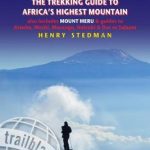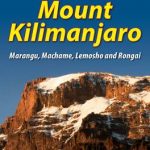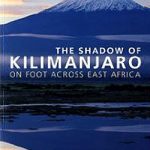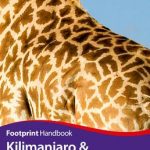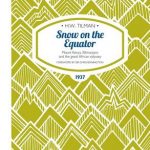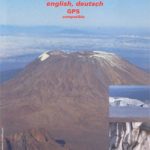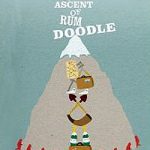Disclosure : This site contains affiliate links to products. We may receive a commission for purchases made through these links.
Kilimanjaro: Ascent preparations, practicalities and trekking routes to the `Roof of Africa`
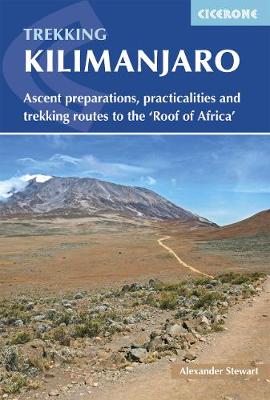
At 5895m, Kilimanjaro is Africa`s highest point and the highest freestanding mountain in the world, yet it is possible to reach its summit, Uhuru Peak, without any technical climbing ability. However, that is not to say that it is an easy undertaking: each year, many people fail in their attempt, often due to poor preparation or insufficient acclimatisation. Those who do make it to `the Roof of Africa` are richly rewarded, enjoying outstanding views, the unique experience of being `on top of the world` and, of course, a tremendous sense of achievement.Alexander Stewart`s guidebook is packed with advice to maximise your chance of reaching Uhuru Peak. The first chapter covers preparation and practicalities, offering guidance on how to choose a route and an outfitter, along with extensive information on travel, equipment, health considerations, guides and porters and ethical trekking. The second chapter tells the story of Kilimanjaro and the people, plants and wildlife of the region, presenting a fascinating insight to enrich your trip. This is followed by a description of the six main ascent routes – the Marangu, Machame, Umbwe, Lemosho, Shira and Rongai Routes, plus three summit routes, two descent routes and the circuit path which circumnavigates the mountain.As a result of its height and location six hours from Nairobi, trekkers climbing Kilimanjaro move from the lush tropics, through temperate climes, alpine moorland and barren high-alpine desert to the permanently snow-capped, volcanic summit – and back – in the course of five or six days. The stunning natural beauty of the scenery, the warm and friendly locals and the unique sense of achievement make for a truly unforgettable experience.











